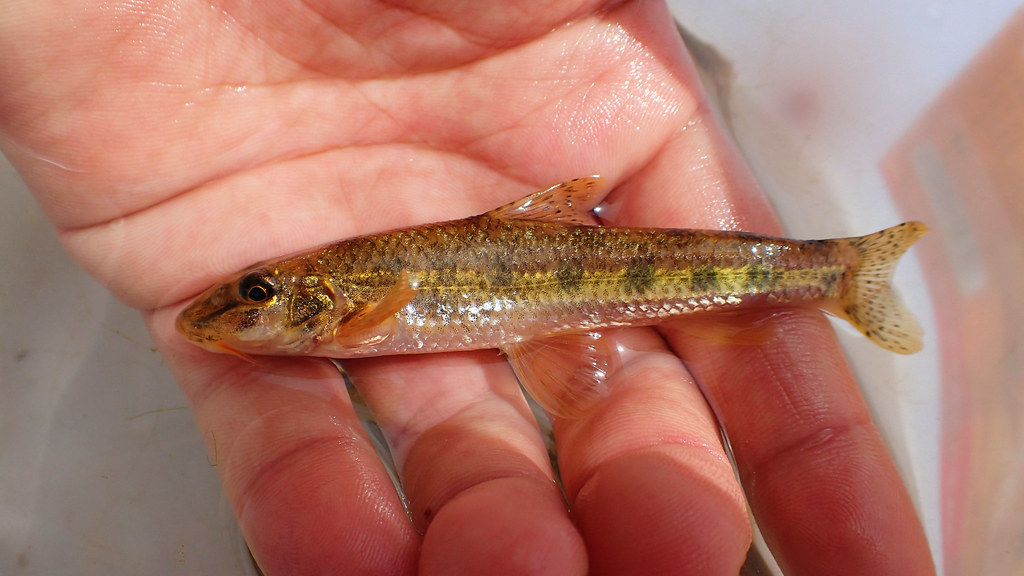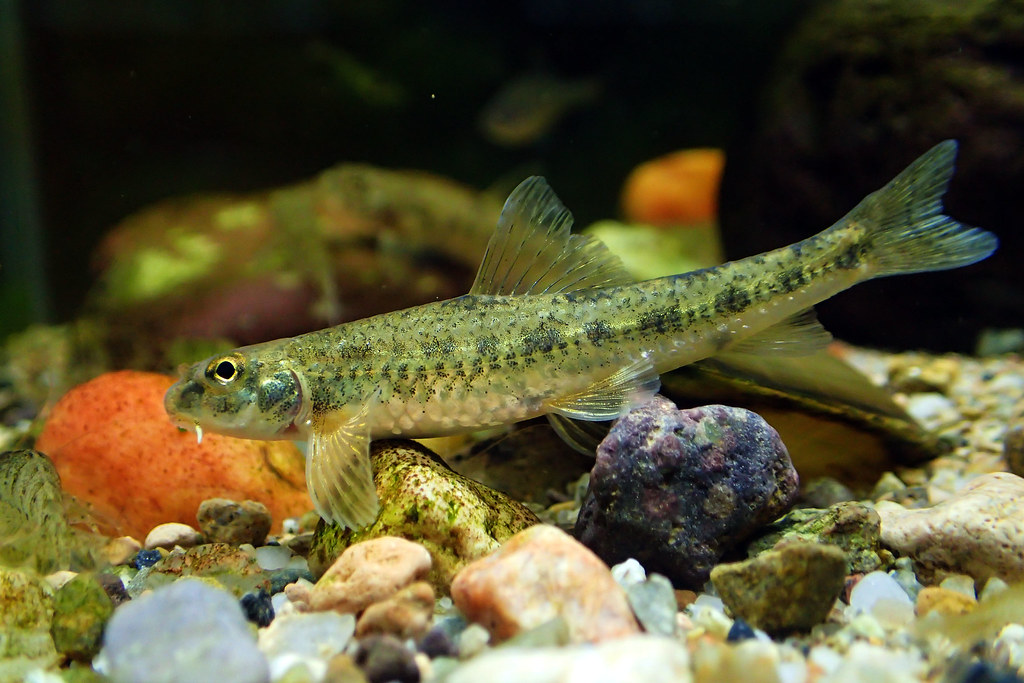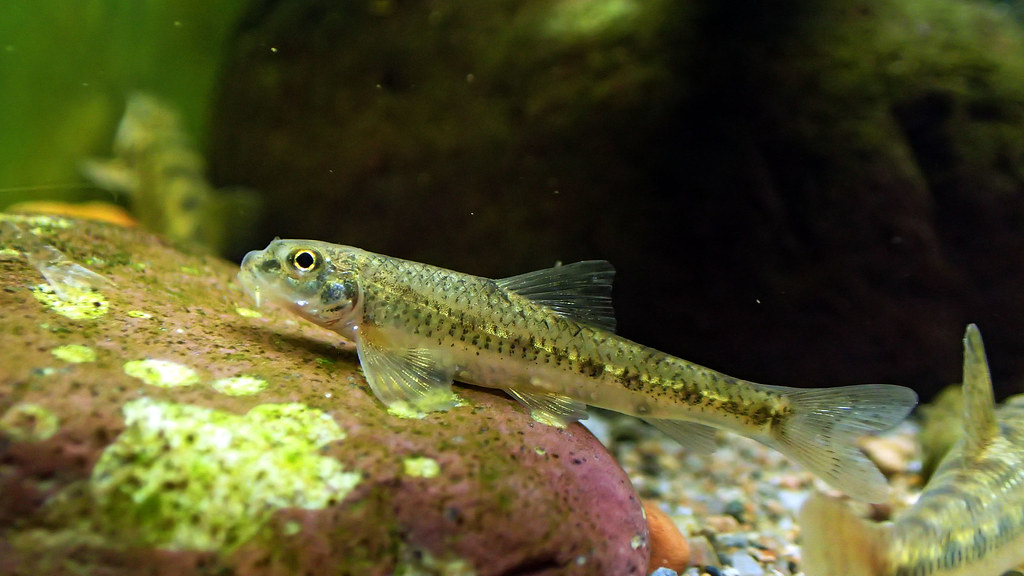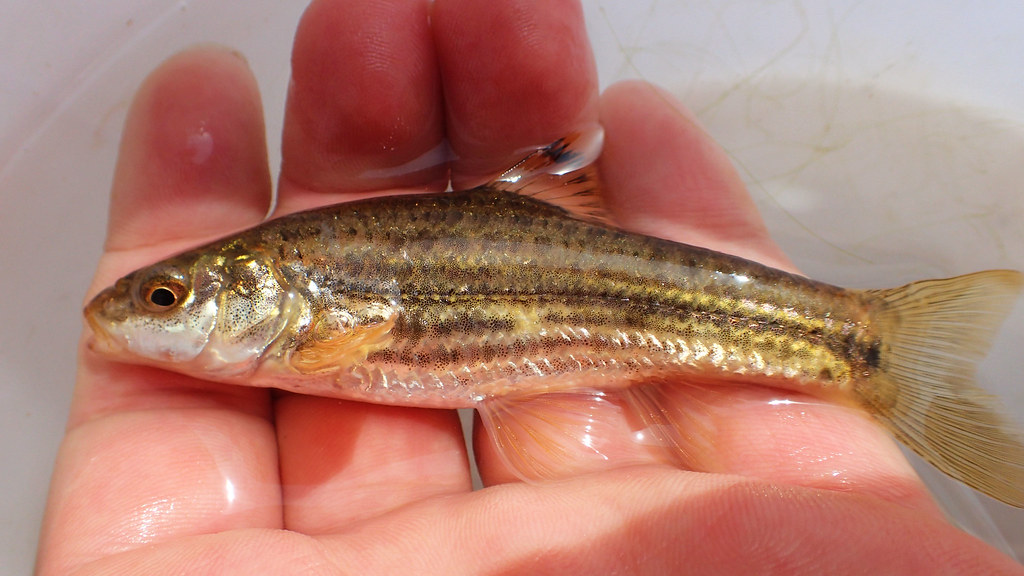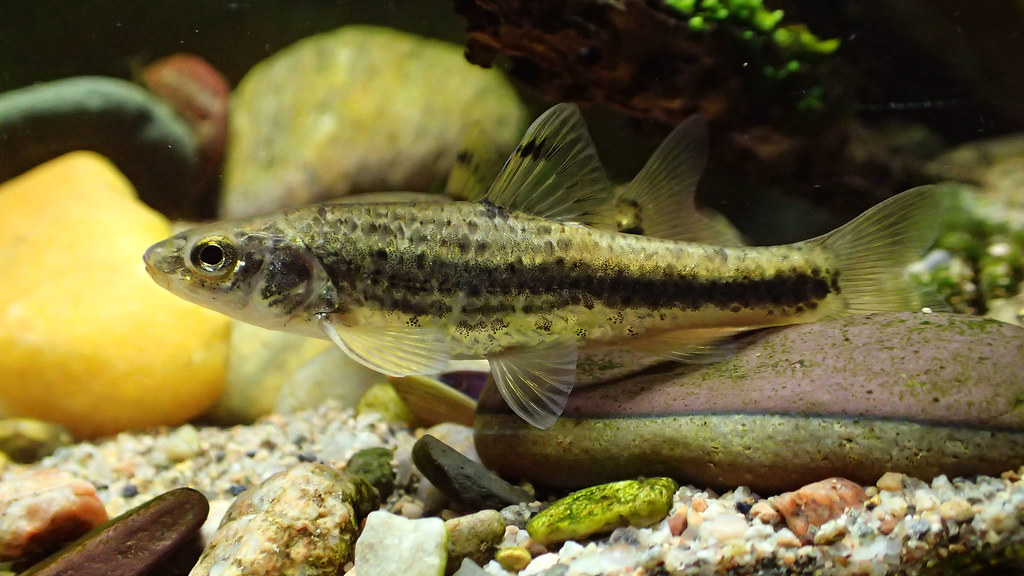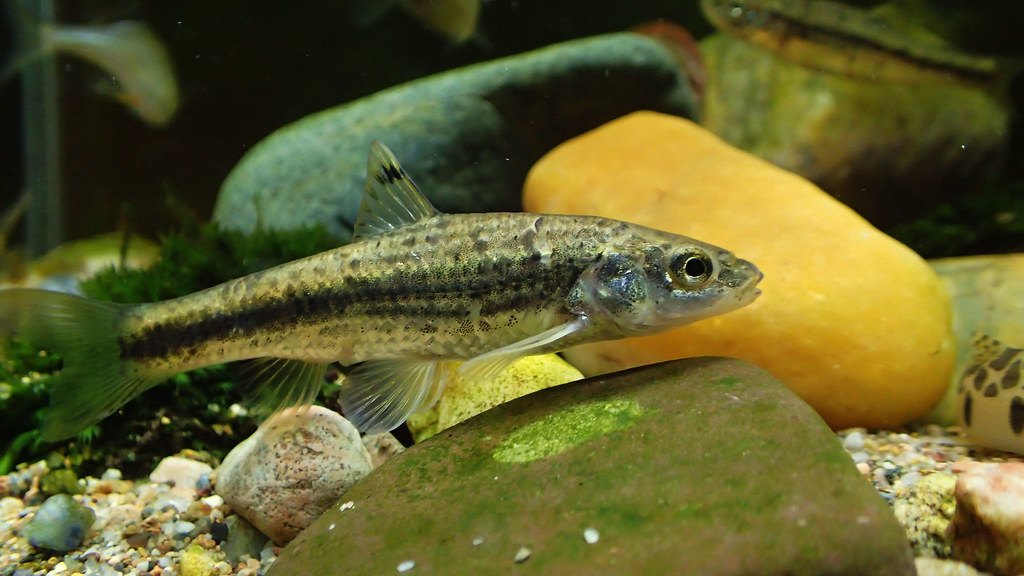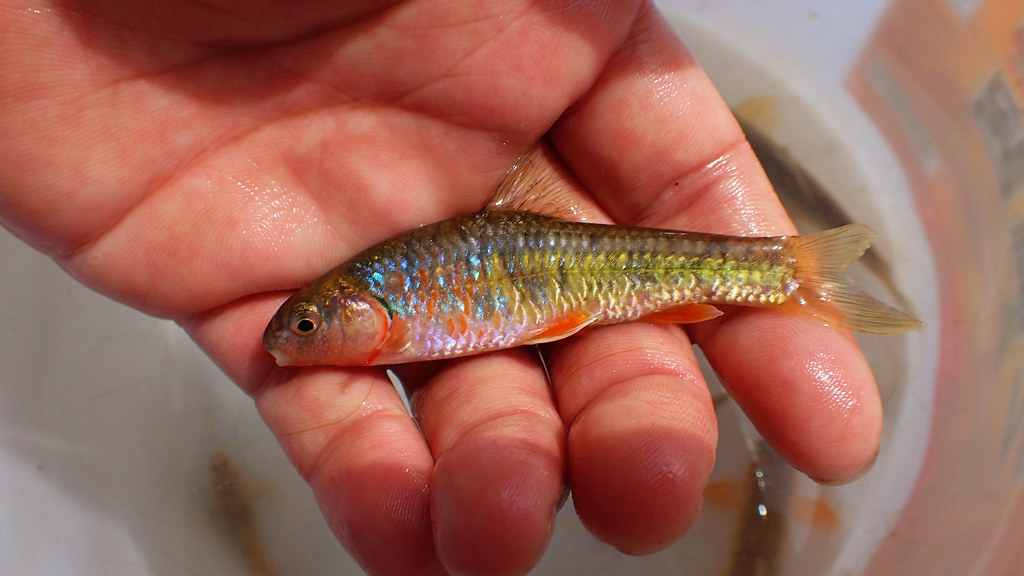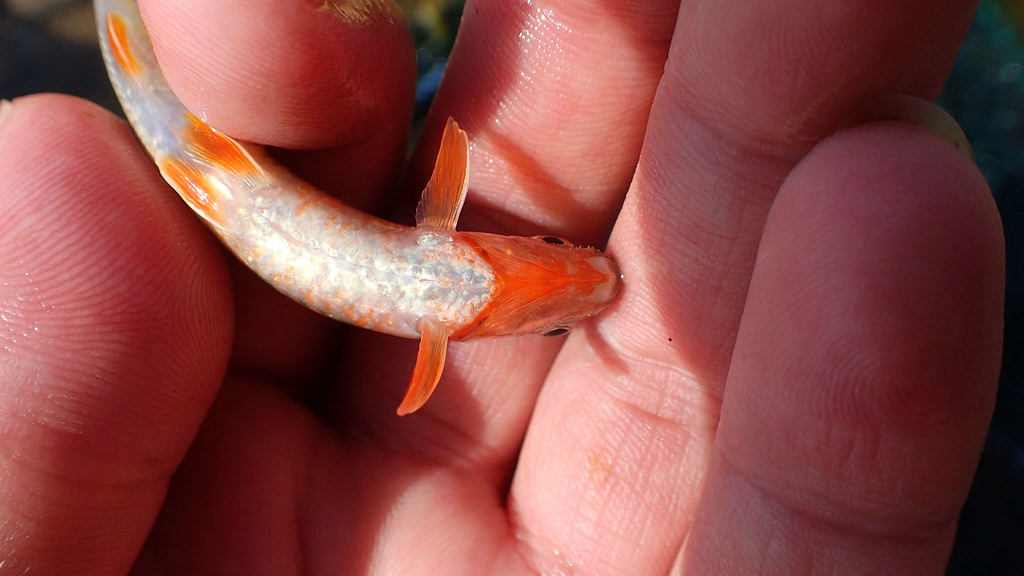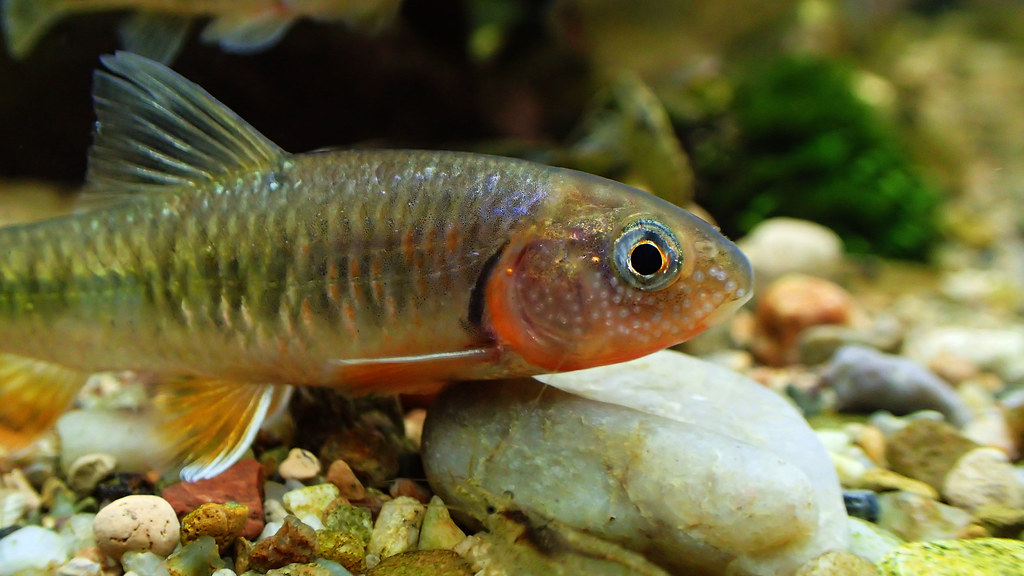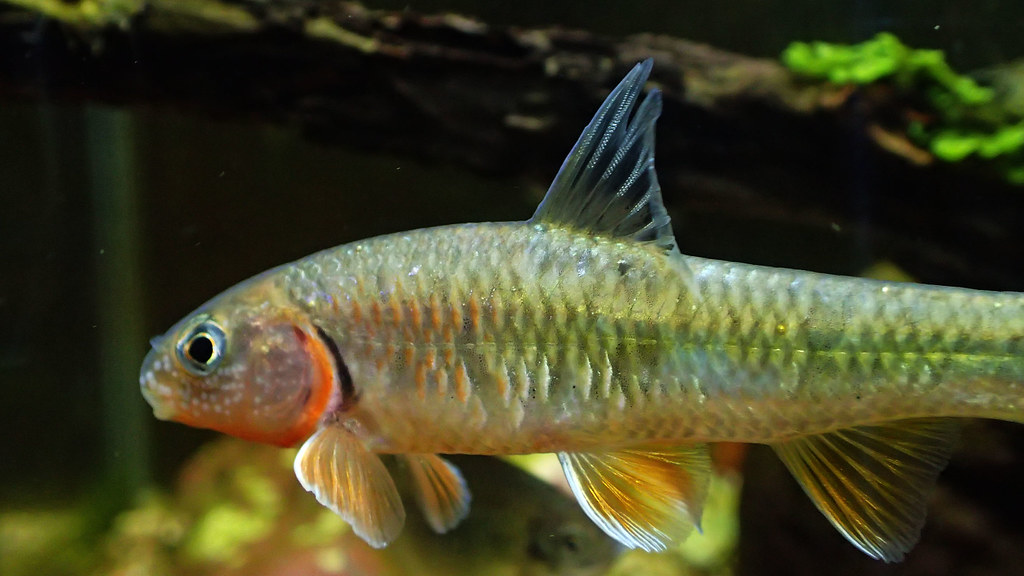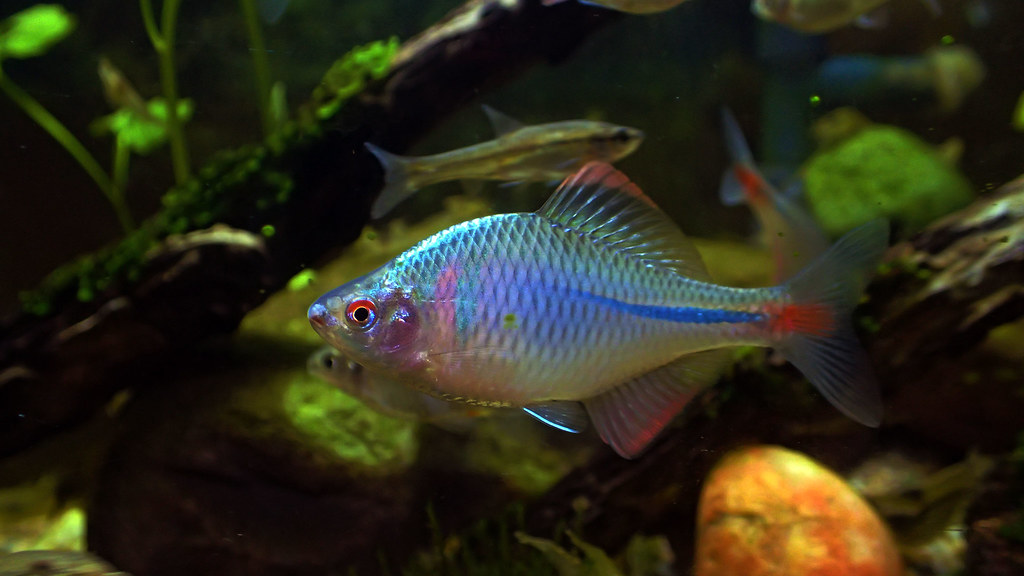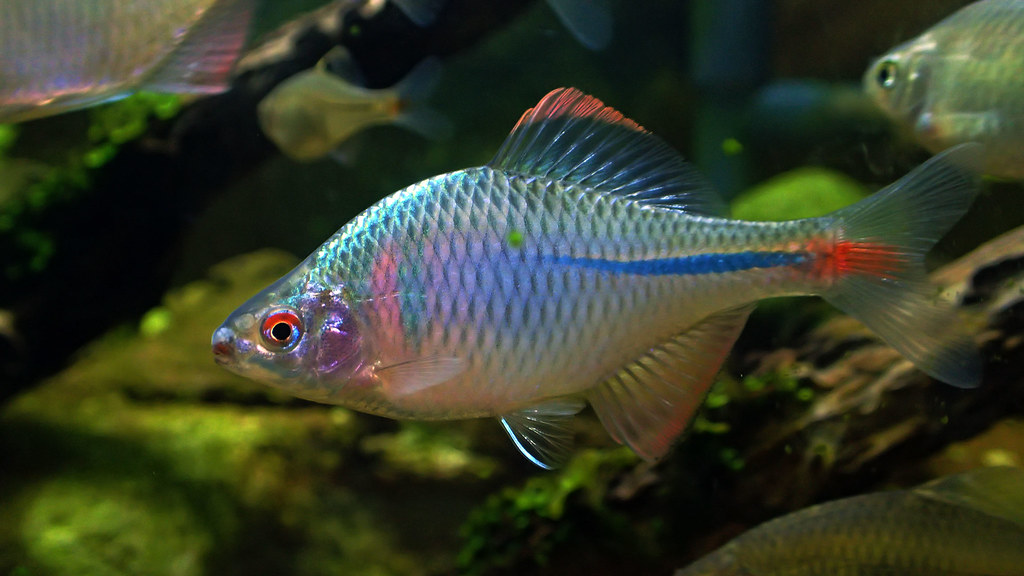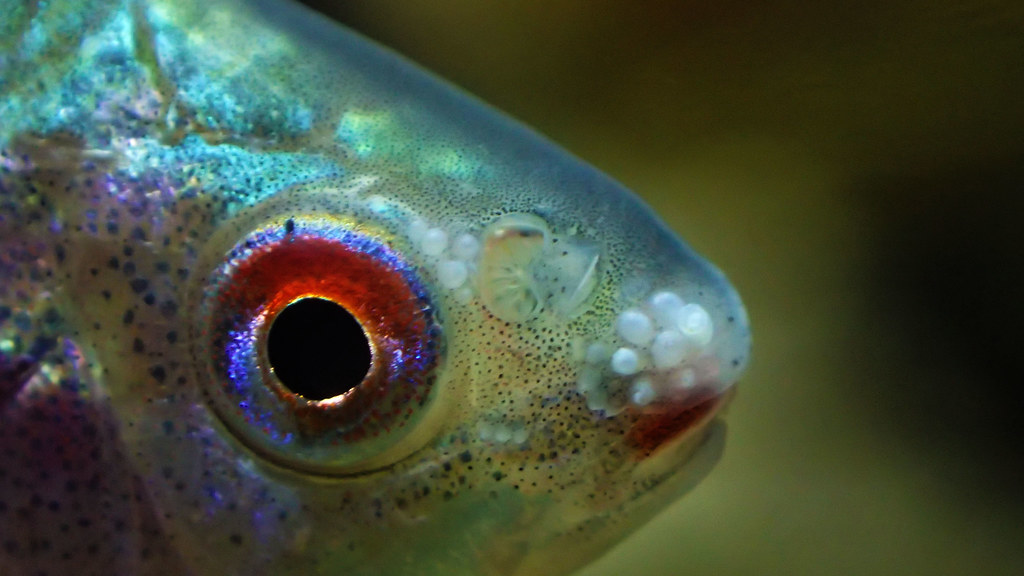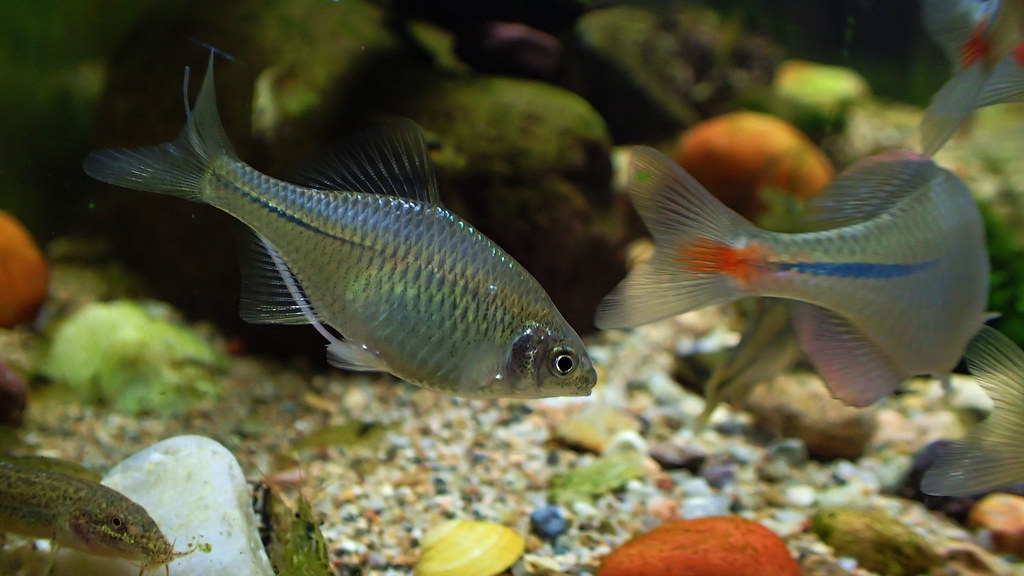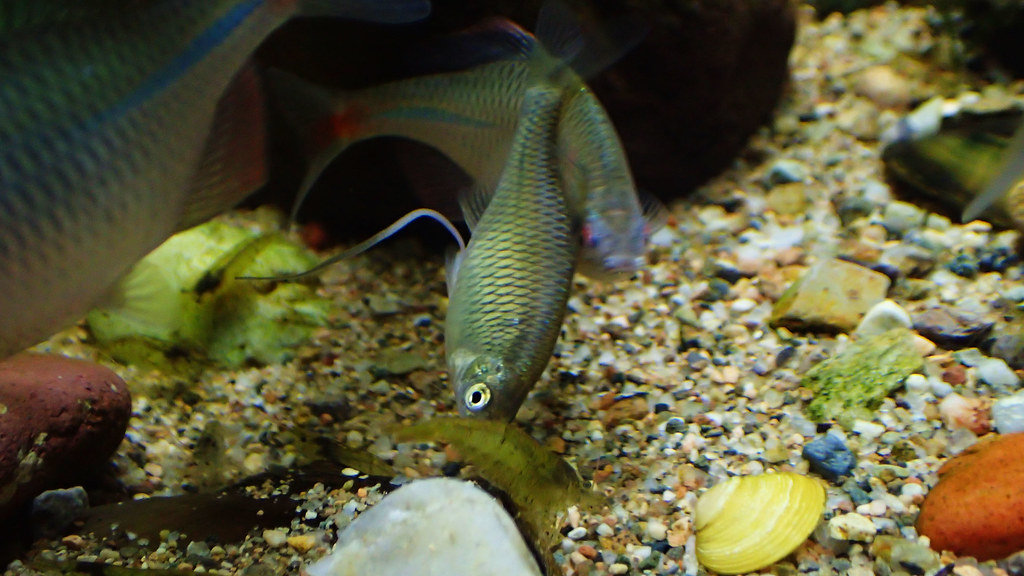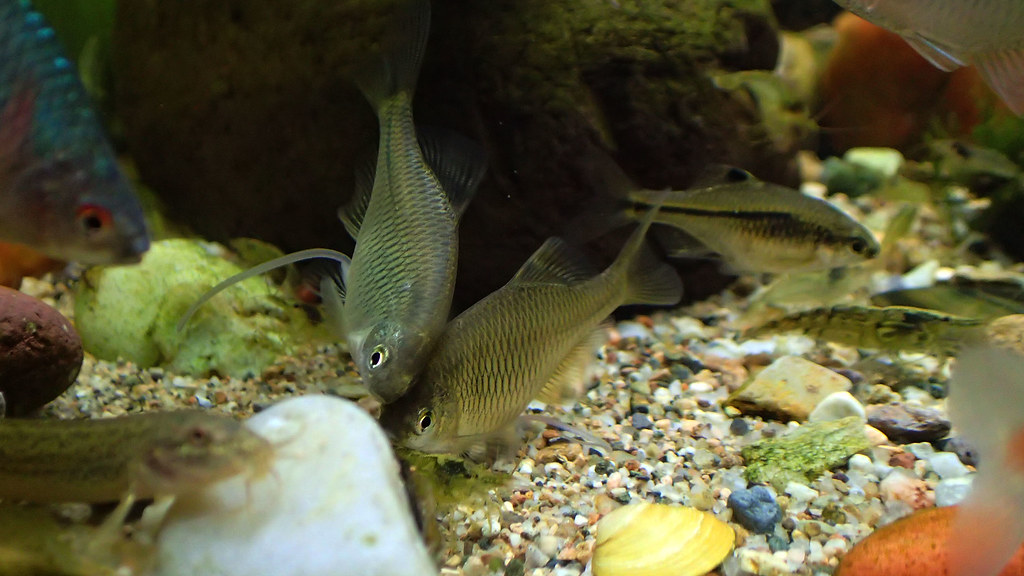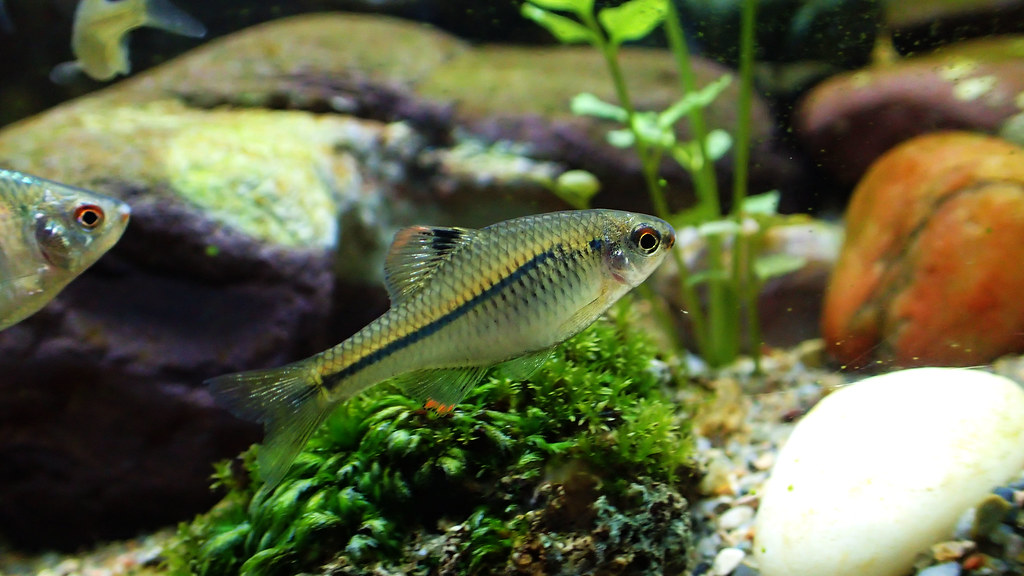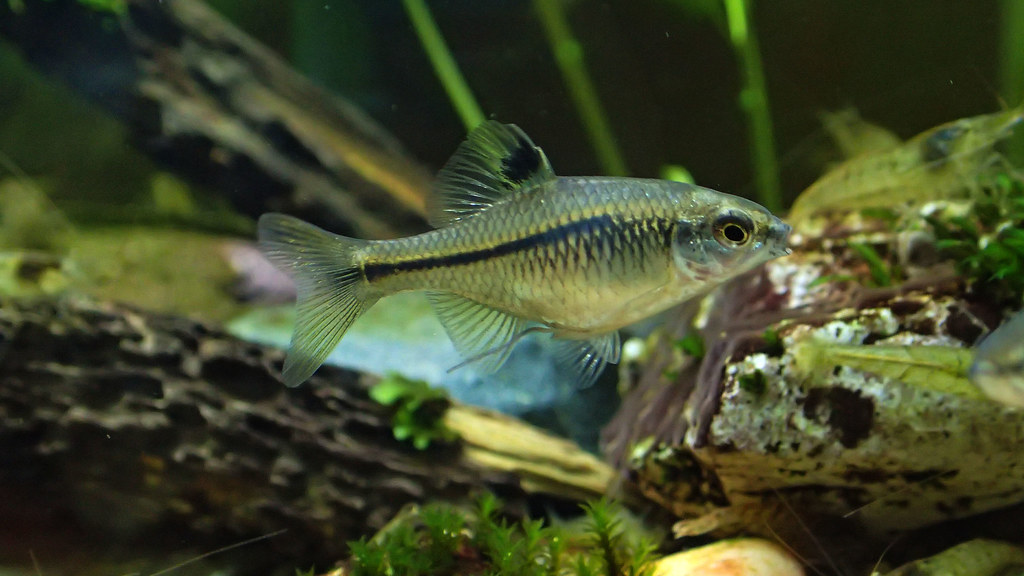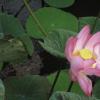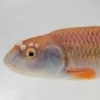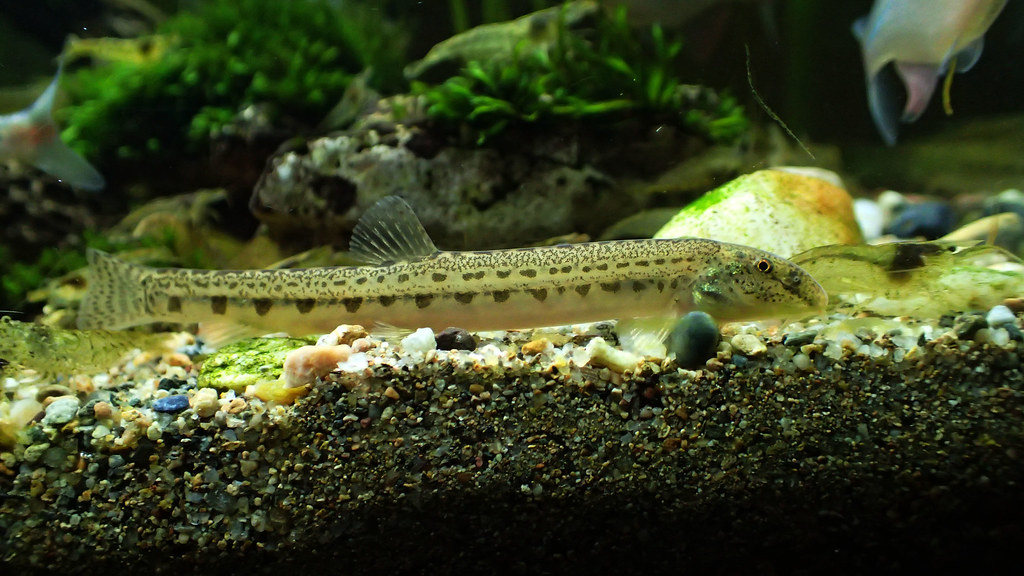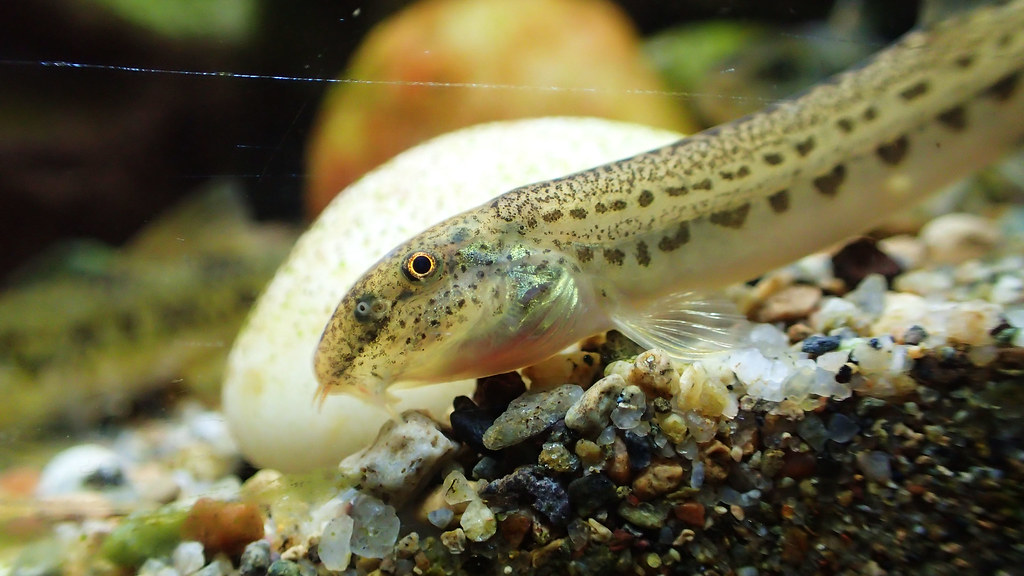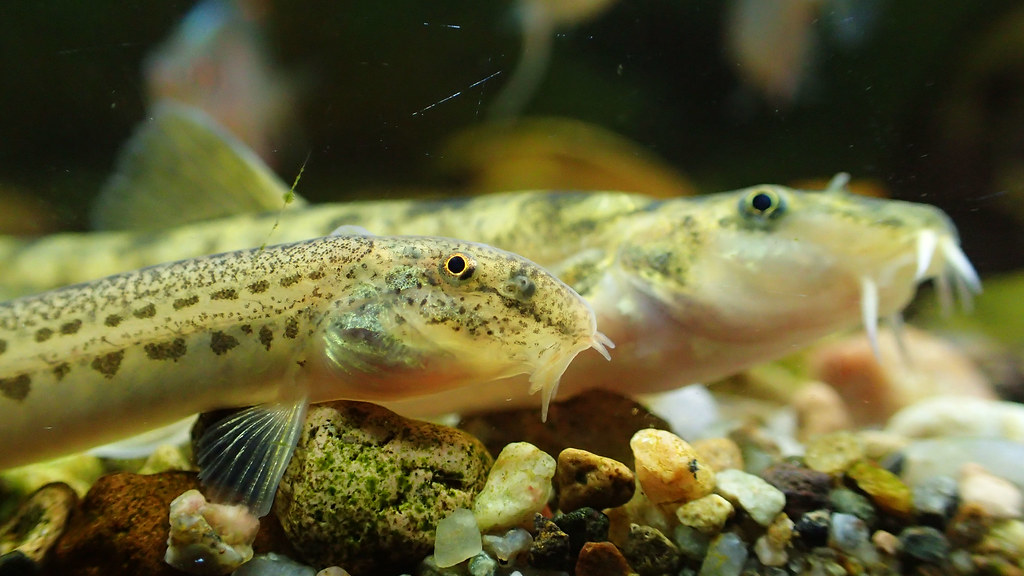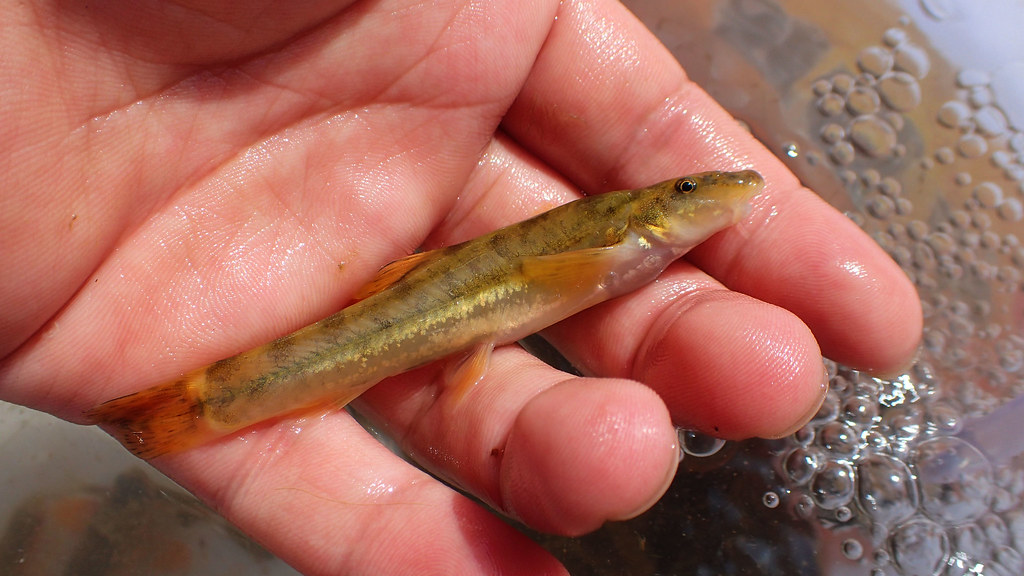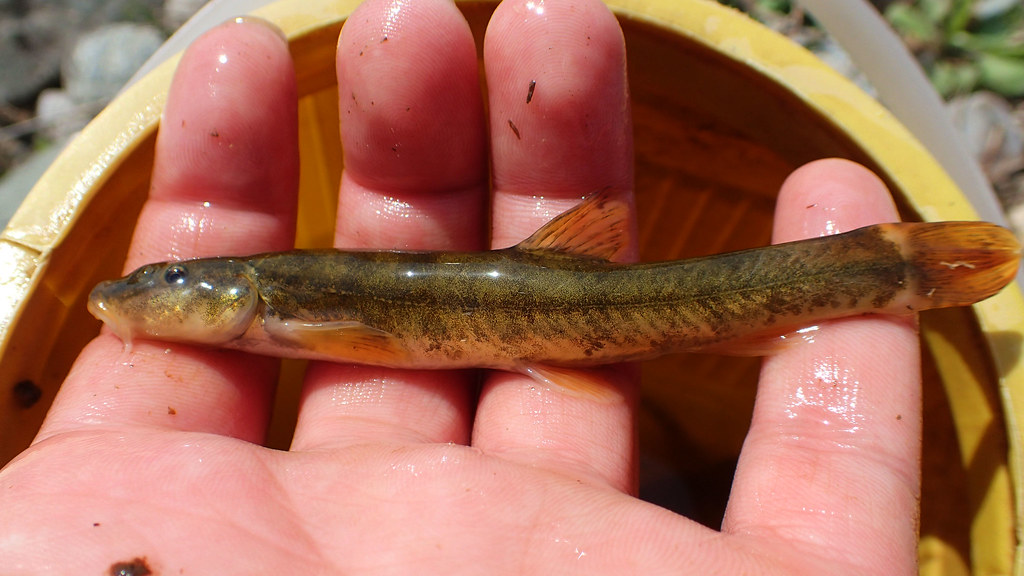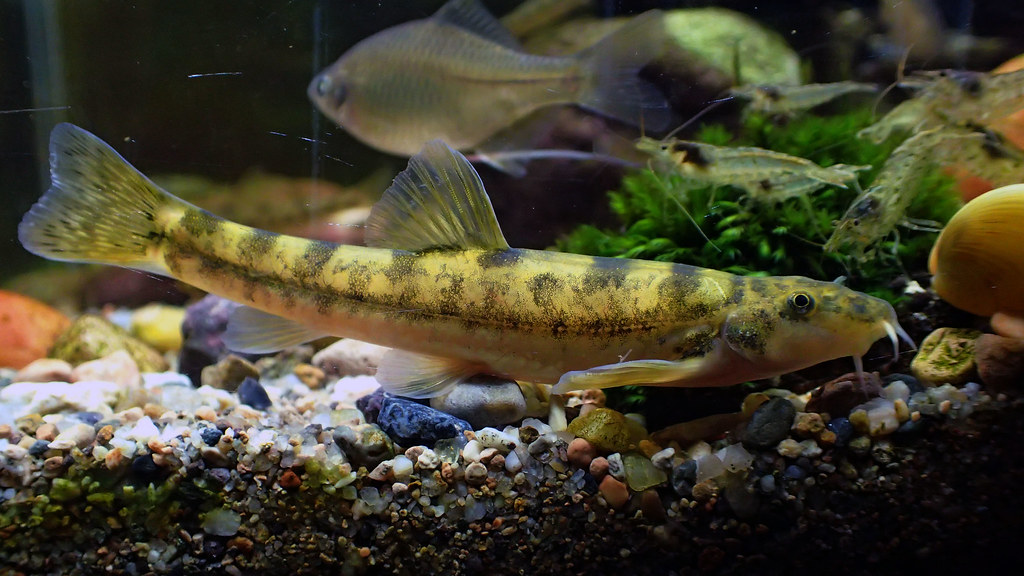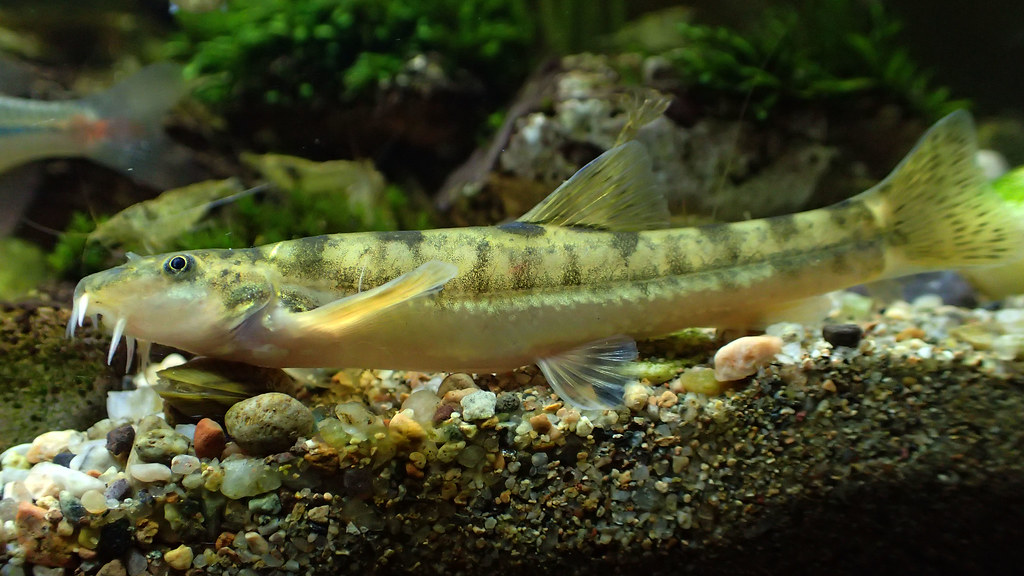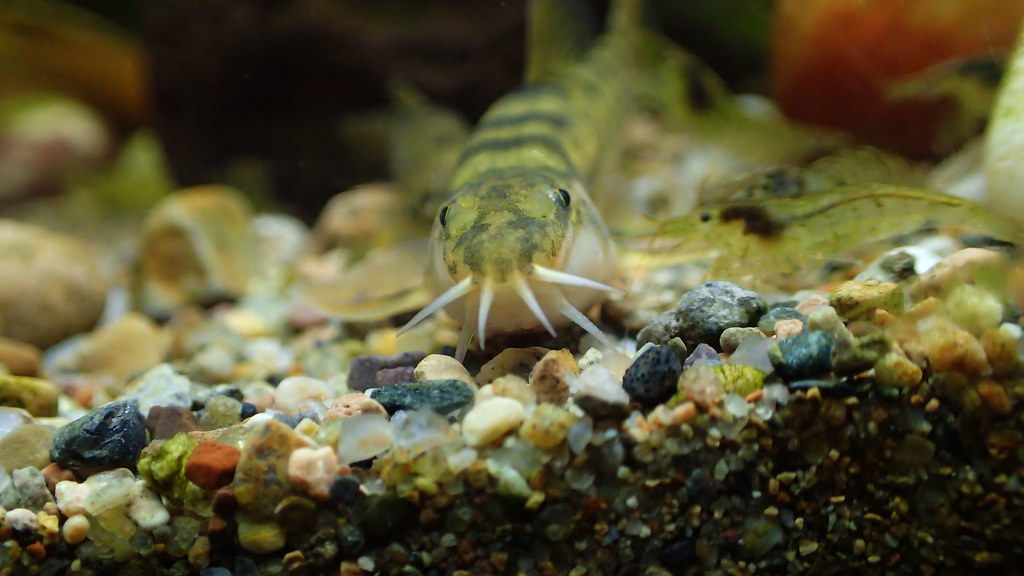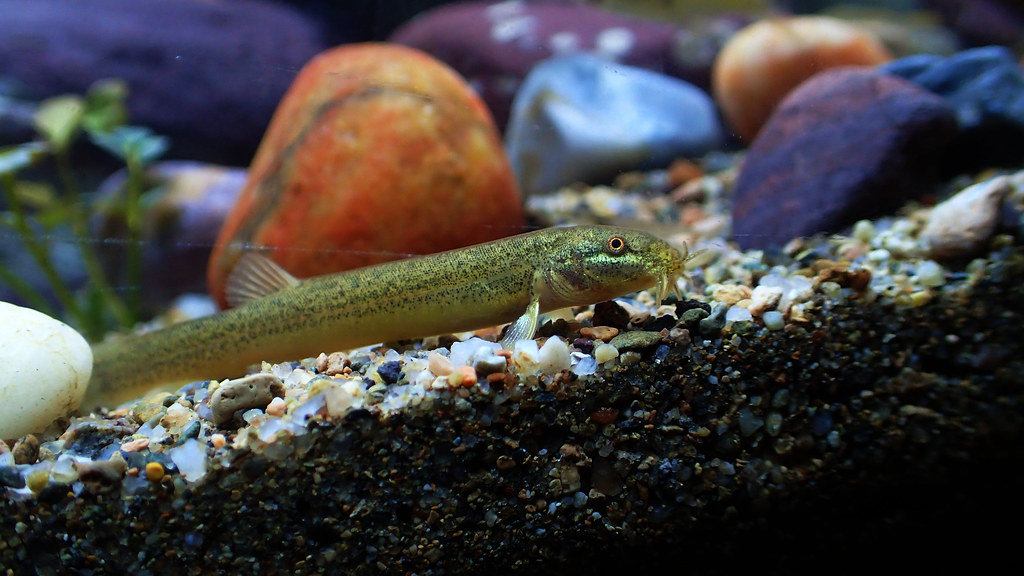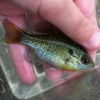I went back to China this spring, and did several collections and samplings. Just want to share some of the fish species from Central China with everyone here. I have explored several rivers and creeks which belong to the Yellow River drainage and Han River drainage (Han River is one of the major tributaries of Yangtze River). The fish I got are all very common to these rivers and creeks but some of them are really beautiful.
1. Luo River basin,(Major Tributary of Yellow River)
I did one collection in Luo River and got about more than 10 species, which didn't include larger fish species like common carp, crucian (gold fish), catfish species and so on.
The environment of Luo River, upstream
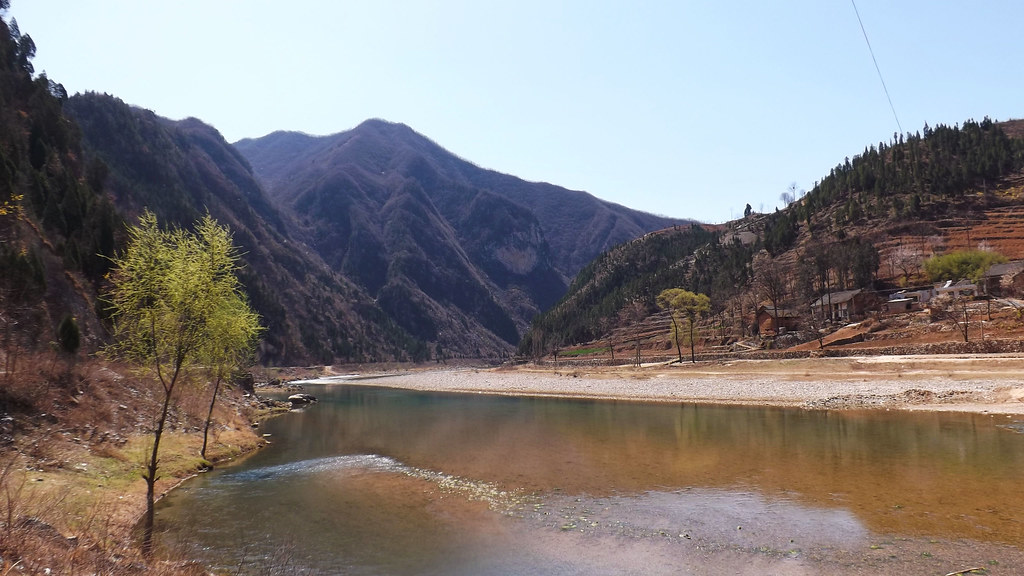
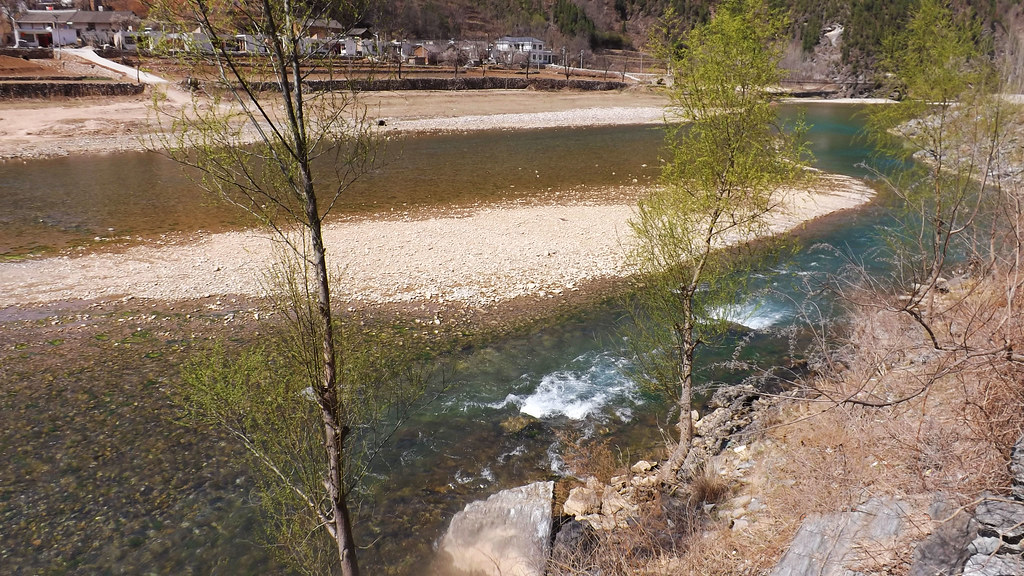
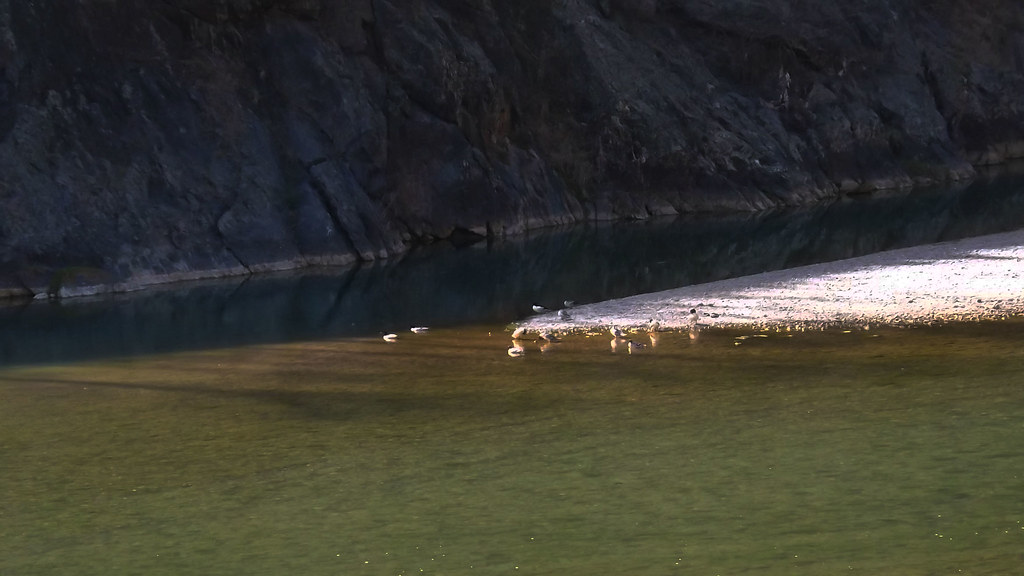
Downstream near the town of Lushi County, my hometown.


Pale chub Zacco platypus, very beautiful and very common all across China, Korea and Japan. I don't know why it is called pale chub in English as they are not pale, at least the matured males are not. The pale chub from Luo river has some features that are different from the pale chub of Northern China, Korea and Japan.
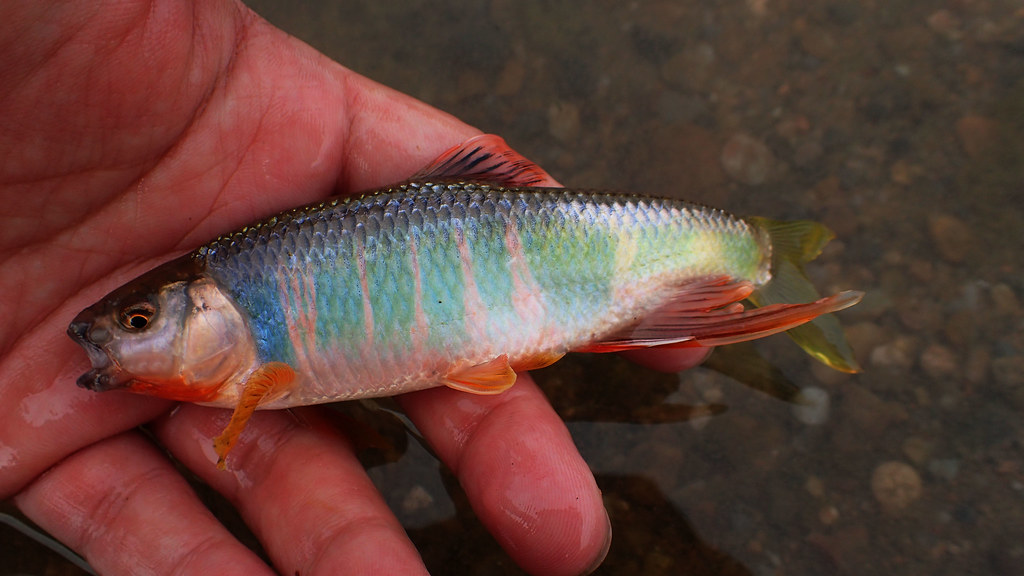
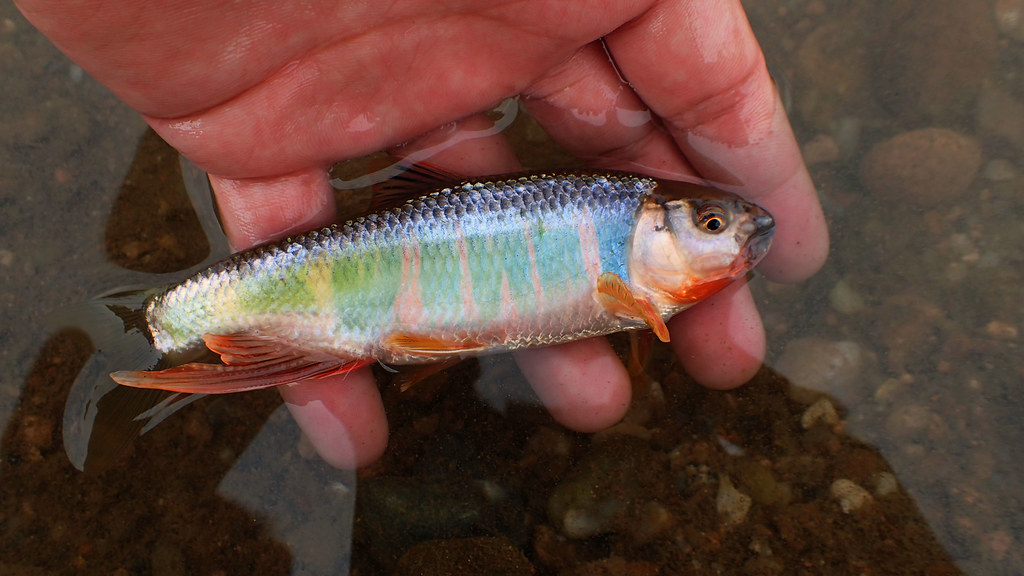
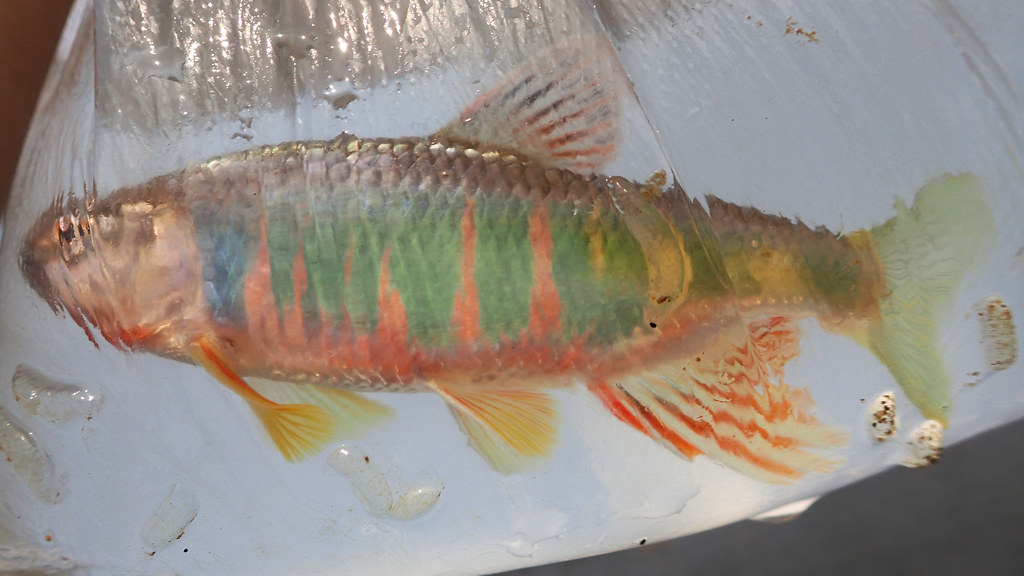
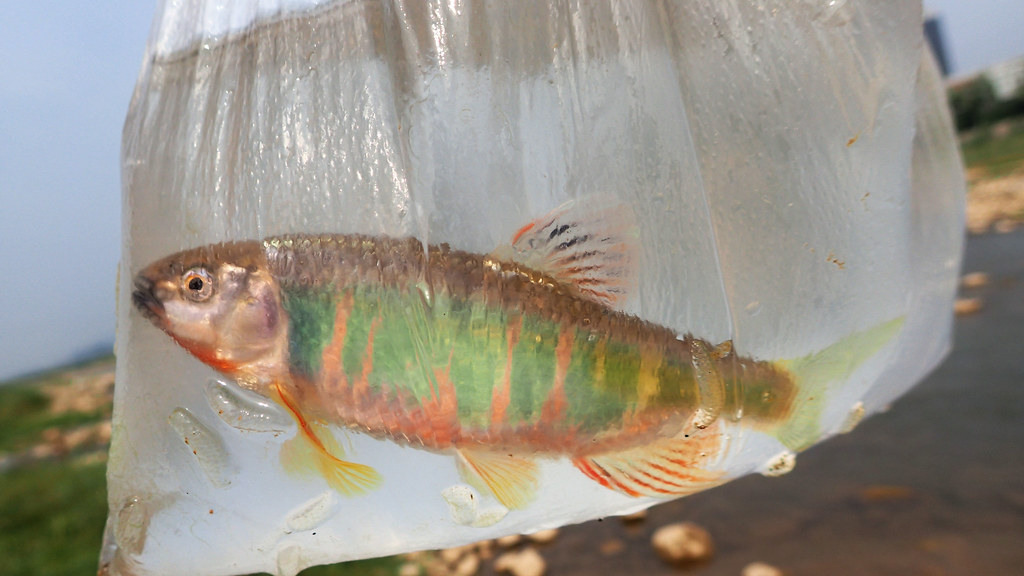
to be continued....
Edited by Young, 29 May 2016 - 01:56 AM.


